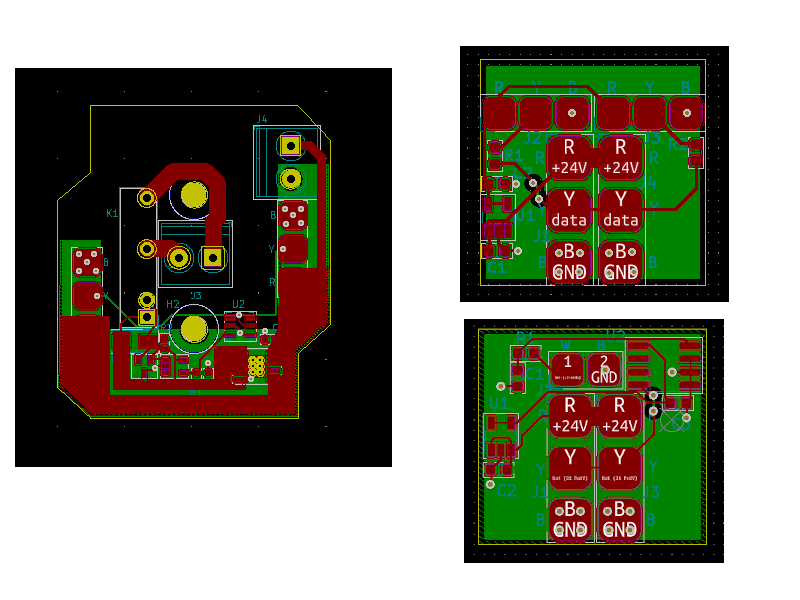Why Open Source for Product Development
(this topic is also discussed in a podcast episode)
One of the paradoxes in product development is Open Source. How can you personally or as a company benefit from participating in Open Source projects? Why should you share your great ideas and code? How can you build a business or a career by giving things away? How can an open-source project be a reliable supplier without contractual guarantees? Most successful technology companies today participate in open-source projects. Why do they do this?
Open source is difficult to fully understand and much has been said about it. There are many approaches to licensing and funding. Many question the equity and sustainability. Many get bogged down in ethical, moral, and political arguments. There are messy problems that don’t seem to have good answers. But we need to go deeper and examine the core issues of why companies are turning to open-source.
Read More »Why Open Source for Product Development



